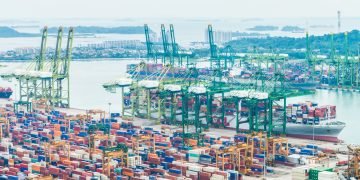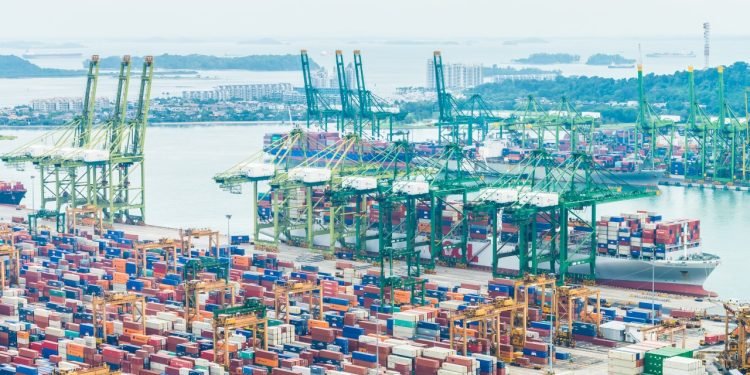By Eva Richardson | The Logistic News
April 17, 2025
The global maritime trade ecosystem is facing a dual crisis: persistent port congestion and the resurgence of U.S.–China trade tensions, threatening to disrupt global supply chains and economic stability.
Congestion Deepens at Key Ports
Major European ports including Rotterdam, Antwerp, Hamburg, and Le Havre are struggling with severe backlogs due to a surge in import volumes, recent labor strikes, and unfavorable weather conditions. Simultaneously, Asian ports such as Xiamen, Ho Chi Minh City, and Surabaya are experiencing extended vessel wait times and reduced handling capacity.
“We’ve returned to near-peak congestion levels we haven’t seen since 2021,” noted Lars van der Meer, terminal operations manager in Rotterdam.
Tariff Fallout Fuels Rerouting
The situation has been further exacerbated by the U.S. decision to impose tariffs of up to 145% on Chinese imports, prompting a retaliatory 125% tariff from Beijing. Shippers are now rerouting cargo through Europe and emerging hubs to avoid surcharge impacts, straining capacity at already congested terminals.
“We’ve had clients suspend U.S. shipments altogether and reroute inventory to EU storage zones,” said Anaïs Giraud, a freight manager based in Marseille.
Ripple Effects Across Supply Chains
Freight rates are climbing, cargo visibility is slipping, and delays are growing across transatlantic and transpacific routes. For logistics planners and forwarders, adaptability and real-time network analysis have become critical tools for survival.
Eva Richardson is a senior correspondent at The Logistic News, covering international trade flows and maritime logistics disruption.























